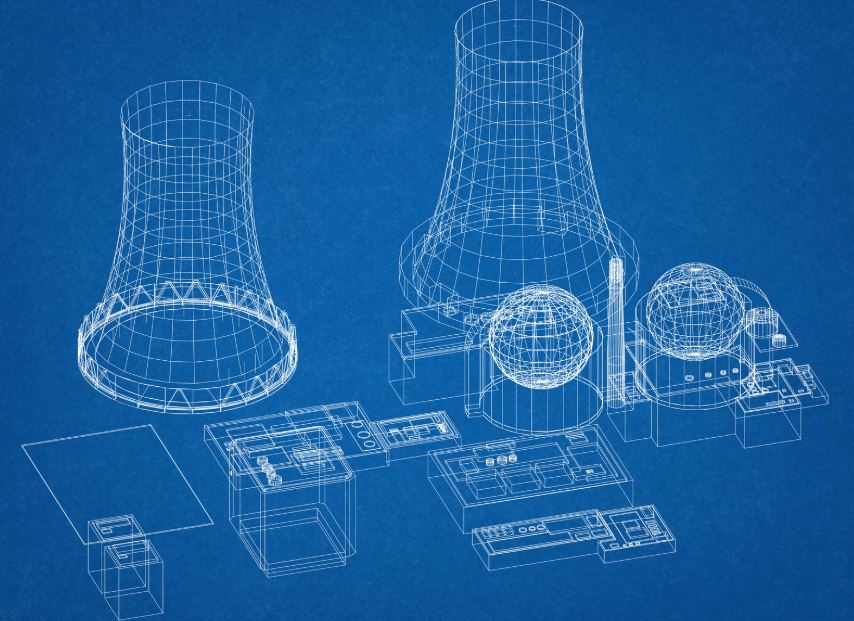First Hydrogen Corp. is positioning itself at the convergence of two major transformation vectors: clean hydrogen and small modular nuclear reactors (SMRs). The company has announced a research collaboration with Professor Muhammad Taha Manzoor of the University of Alberta, targeting the design optimization and fuel material development for SMRs—an increasingly strategic energy source amid ballooning power demand from AI data centers.
AI-driven computing workloads are rapidly pushing energy infrastructures to their limits. According to the International Energy Agency, global electricity demand from data centers is projected to more than double to 945 TWh by 2030, exceeding Japan’s current electricity consumption. As noted by Ithy’s research, AI servers consume up to 10 times more power than conventional data center hardware, elevating the urgency for reliable and scalable baseload power sources.
This power dynamic sets the stage for SMRs—compact nuclear units capable of delivering steady, non-intermittent electricity—now being explored by First Hydrogen as a cornerstone for next-generation hydrogen production. Unlike traditional large-scale nuclear power plants, SMRs are more flexible, quicker to deploy, and particularly well-suited for coupling with hydrogen electrolysis in remote or off-grid industrial applications.
The collaboration with Dr. Manzoor focuses on the advancement of molten salt reactor technology—a variant gaining traction for its intrinsic safety and fuel versatility. Molten salt serves both as a coolant and fuel medium, operating at atmospheric pressure and high temperatures. This makes it inherently safer; if the salt overheats, it naturally expands, passively dampening the nuclear reaction. Its efficiency and the capacity to use uranium, plutonium, or thorium fuel cycles also grant it operational flexibility not found in current reactor technologies.
Beyond safety and efficiency, the molten salt design offers another critical advantage: dynamic response. Its ability to adjust power levels to match electricity demand aligns closely with the fluctuating energy requirements of green hydrogen electrolysis. This makes it an attractive option for coupling with electrolyzers, especially as intermittent renewables like solar and wind struggle to deliver constant power for industrial-scale hydrogen production.
While hydrogen’s use cases remain constrained by energy inefficiencies and infrastructure challenges, nuclear-powered electrolysis offers a pathway to decarbonize sectors such as steelmaking, fertilizer production, and energy storage. First Hydrogen’s strategy suggests a pivot from the often-hyped renewables-only hydrogen model toward a more hybrid, grid-resilient architecture.
Balraj Mann, CEO of First Hydrogen, emphasized the strategic importance of this partnership, calling it a foundational step in developing zero-emission infrastructure at the intersection of nuclear and hydrogen.
For the University of Alberta, the partnership also serves as a bridge between academic research and real-world deployment. Dr. Manzoor, who leads the Renewable Thermal Laboratory, highlighted the project’s educational and economic implications.
Stay updated on the latest in energy! Follow us on LinkedIn, Facebook, and X for real-time news and insights. Don’t miss out on exclusive interviews and webinars—subscribe to our YouTube channel today! Join our community and be part of the conversation shaping the future of energy.





